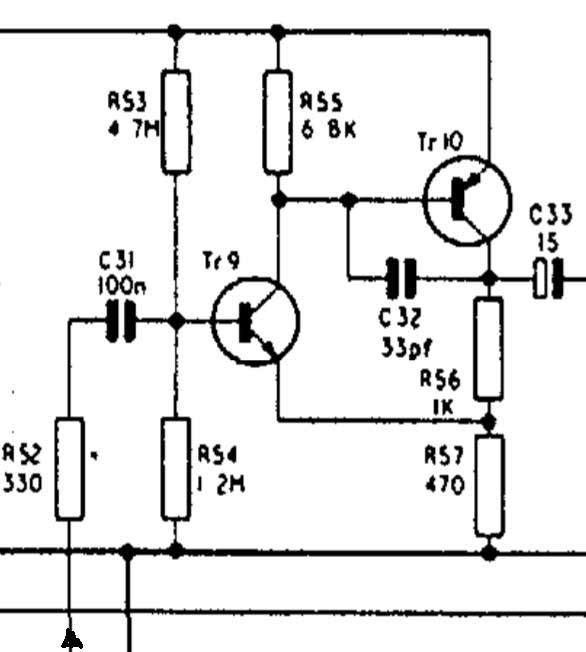L´Andratté
Well-known member
So I recently acquired six channels from the first mixing desk Soundcraft ever did, Series One, it was conceived as live mixer, 16 into 4, came in a flightcase, with a lot of customisation possibilities. Lee Perry was rumoured to have used one in his Black Ark Studio, that got my interest. Although I´m not longer sure that was the case (I´m more of a King Tubby kind of guy anyways), I got further intrigued by what little evidence and hearsay is to be found on the internet about this console:
1. It is a completely discrete design, no opamps, preamps are classA
2. Transformer balanced in (Sowter 4165, 1:7, no more info about that yet)
3. The circuit is very minimalistic, the pcb laid out clear and easy to understand, maintain and modify, there are equivalent options for the obsolete transistors used (2SC1681)
4. All over the web in obscure postings, people tell it did sound really good, the eq is four fixed bands with supposedly very good frequency selection
5. I found six channels of it for a moderate price (EU20 each including the transformer, fader, knobs and pcb, but excluding front panel, it was not a modular console). All this doesn´t seem to have seen much use and wear
So now I´m looking at getting the channels back to work (electrolytics, maybe transistors), building a power supply (+40V/0V/+48V), getting a well shielded housing for the preamps, doing some channel mods I deem necessary, and last but not least, build the master/monitor section and metering from the schematics, just because I can. Well, we´ll see...
I´m doing this for learning and because this old console is so inspiring, I know it won´t be Neve or Calrec preamps, a 5$ THAT preamp will probably be much cleaner and that´s totally fine with me.
It will be a long process, so this shall be my, you know, "build log" and I appreciate anyone sharing any information on the subject, helping to find answers to the questions that will definitly arise (a few have already arisen ;D) or just shows interest in this.
So how was that for an introduction? See you!
Schematics:
https://groupdiy.com/index.php?topic=44786.msg823946#new
Obscure service manual:
https://www.gearslutz.com/board/4460504-post14.html
1. It is a completely discrete design, no opamps, preamps are classA
2. Transformer balanced in (Sowter 4165, 1:7, no more info about that yet)
3. The circuit is very minimalistic, the pcb laid out clear and easy to understand, maintain and modify, there are equivalent options for the obsolete transistors used (2SC1681)
4. All over the web in obscure postings, people tell it did sound really good, the eq is four fixed bands with supposedly very good frequency selection
5. I found six channels of it for a moderate price (EU20 each including the transformer, fader, knobs and pcb, but excluding front panel, it was not a modular console). All this doesn´t seem to have seen much use and wear
So now I´m looking at getting the channels back to work (electrolytics, maybe transistors), building a power supply (+40V/0V/+48V), getting a well shielded housing for the preamps, doing some channel mods I deem necessary, and last but not least, build the master/monitor section and metering from the schematics, just because I can. Well, we´ll see...
I´m doing this for learning and because this old console is so inspiring, I know it won´t be Neve or Calrec preamps, a 5$ THAT preamp will probably be much cleaner and that´s totally fine with me.
It will be a long process, so this shall be my, you know, "build log" and I appreciate anyone sharing any information on the subject, helping to find answers to the questions that will definitly arise (a few have already arisen ;D) or just shows interest in this.
So how was that for an introduction? See you!
Schematics:
https://groupdiy.com/index.php?topic=44786.msg823946#new
Obscure service manual:
https://www.gearslutz.com/board/4460504-post14.html





![Electronics Soldering Iron Kit, [Upgraded] Soldering Iron 110V 90W LCD Digital Portable Soldering Kit 180-480℃(356-896℉), Welding Tool with ON/OFF Switch, Auto-sleep, Thermostatic Design](https://m.media-amazon.com/images/I/41gRDnlyfJS._SL500_.jpg)




























